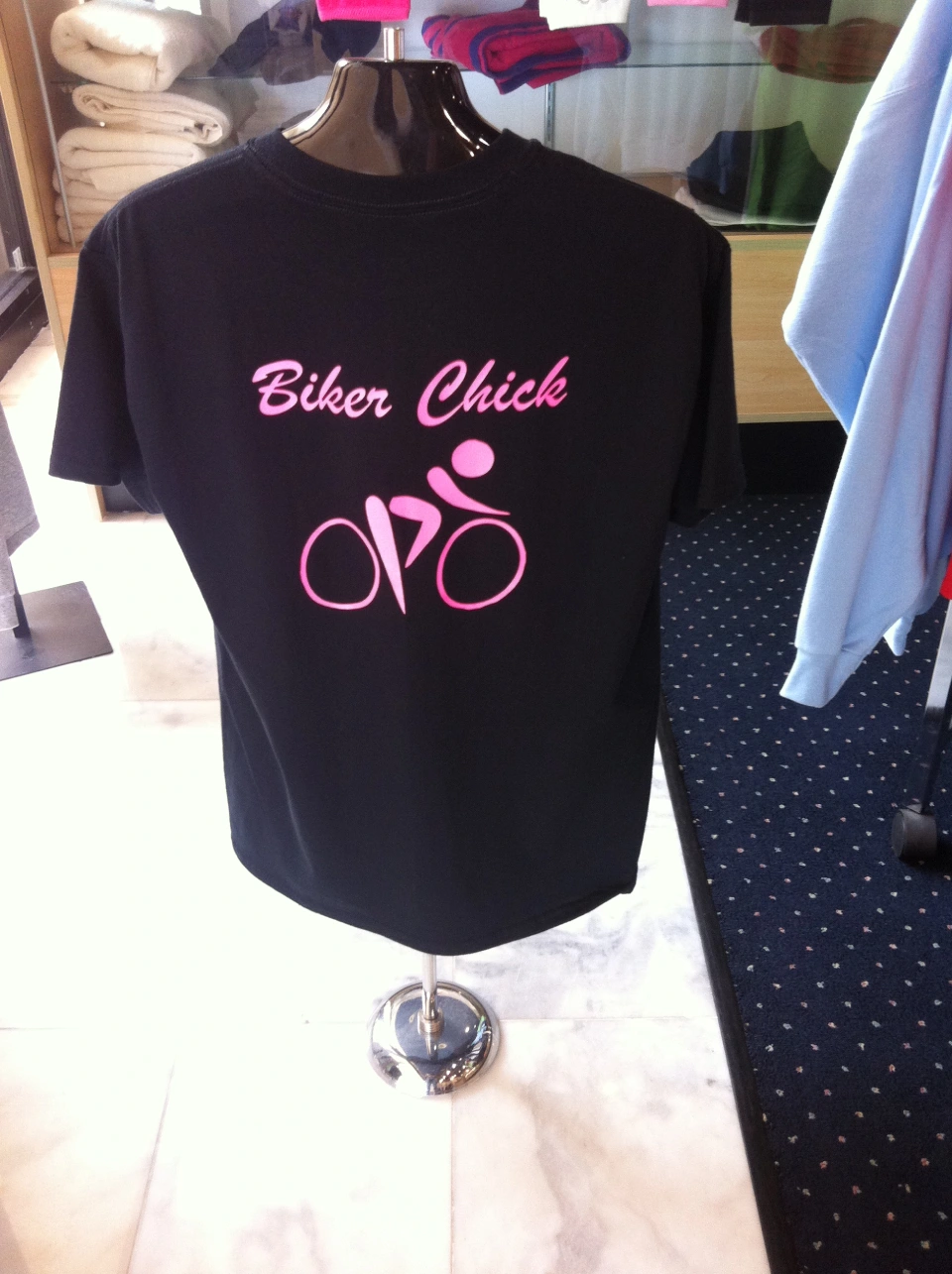Individualized Mugs with Personalized Embroidery Layouts for a Special Present
Wiki Article
The Art of Personalized Embroidery: Opening the Keys to Creating Distinct and Unforgettable Layouts
Embroidery, a craft soaked in practice and artistry, holds within its elaborate stitches the power to change textile into a canvas of distinct expression. The secrets to producing personalized embroidery designs that mesmerize the eye and leave a long-term impression lie in a delicate equilibrium of strategy, creative thinking, and attention to detail. As we look into the globe of personalized needlework, we reveal the nuanced interplay between thread choice, sew intricacy, and layout customization that boosts a plain garment to a masterpiece. Join us on a journey through the art of customized embroidery as we decipher the secrets behind crafting genuinely extraordinary and distinct creations.Choosing the Right Embroidery Threads
When selecting needlework threads, what vital aspects should you consider to make sure the most effective outcomes for your customized layouts? The choice of needlework thread is vital in determining the last outcome of your embroidered layout. One of the key considerations is the material of the string. Different materials such as cotton, polyester, rayon, and silk supply varying degrees of luster, toughness, and texture. It is vital to select a thread product that enhances the fabric you are embroidering on and lines up with the preferred appearance of the style.
Moreover, the weight or density of the string plays a significant role in the appearance of the embroidery. Thicker strings can include measurement and appearance to your layout, while finer strings are excellent for complex details and little text. In addition, thinking about the color fastness and washability of the thread is critical to guarantee that your custom-made layouts preserve their top quality and vibrancy with time. By carefully assessing these elements and choosing premium strings that satisfy your particular demands, you can enhance the visual appeal and longevity of your stitched productions.
Exploring Various Stitch Methods
To look into the realm of 'Discovering Various Stitch Strategies', one have to comprehend the complexities and nuances that each sewing method brings to the art of needlework. Different stitch strategies not only add aesthetic interest yet likewise contribute to the overall structure and dimension of the layout. One prominent stitch strategy is the satin stitch, which includes closely stuffed parallel stitches to create a smooth and glossy surface, perfect for completing forms and producing vibrant describes.On the various other hand, the backstitch is a functional method frequently used for laying out and including great details. It entails stitching backwards to develop a solid line of needlework. Additionally, the French knot stitch adds a responsive element to styles, perfect for producing textured accents like blossom centers or ornamental touches.
Discovering different stitch methods permits embroiderers to play with light, shadow, and deepness within their layouts, elevating the visual charm and imaginative quality of their embroidery tasks. By mastering various sewing approaches, one can open unlimited opportunities for developing unique and memorable custom-made needlework items.
Incorporating Personalized Design Elements
Having explored the intricacies of different stitch strategies such as the satin stitch, backstitch, and French knot, the emphasis currently moves towards incorporating personalized design elements in custom needlework jobs. Customized design elements play a crucial duty in making needlework projects truly one-of-a-kind and remarkable.One more way to include tailored style elements is by consisting of signs or themes that hold unique significance to the recipient or reflect their interests and character. Incorporating a favored flower, pet, or hobby-related sign can make the needlework style more purposeful and customized. In addition, selecting shades that resonate with the recipient or straighten with the designated motif can even more boost the personalization of the needlework project.
Understanding the Art of Color Sychronisation

One trick element of color sychronisation is recognizing color theory. This includes knowing exactly how different shades connect with each other, the emotions they communicate, and how they can be incorporated to produce visually enticing designs. By using color concept principles, embroiderers can produce unified color schemes that improve the total look of the layout.
Additionally, taking notice of contrast is critical in color control. Utilizing contrasting shades can aid specific components of scrubs the design pop, enhance readability, and create an aesthetically vibrant embroidery item. By understanding the art of color sychronisation, embroiderers can boost their designs and produce remarkable pieces that reverberate with customers and viewers alike.
Enhancing Structure With Advanced Needlework Stitches
French knots, for instance, are best for including small, increased dots to your layout, imitating the appearance of grains or creating a textured surface area. Bullion knots, on the various other hand, can be used to produce twisted, ropelike aspects that add a luxurious feel to the needlework. Seed sewing entails tiny, scattered stitches that can fill up in locations with a polychromatic appearance, while turkey work creates fluffy, dimensional accents similar to pet hair or vegetation. Try out these advanced embroidery stitches enables you to press the borders of typical embroidery and create really unique and visually appealing textures in your styles.
Conclusion
In conclusion, the art of custom embroidery entails a mix of selecting the ideal threads, exploring various stitch techniques, including tailored layout aspects, grasping color control, and boosting structure with sophisticated stitches. By understanding and applying these vital aspects, embroiderers can produce distinct and unforgettable designs that display their imagination and skill. Needlework lovers can unlock the keys to producing stunning and bespoke items that stick out and leave a long lasting impact.Report this wiki page